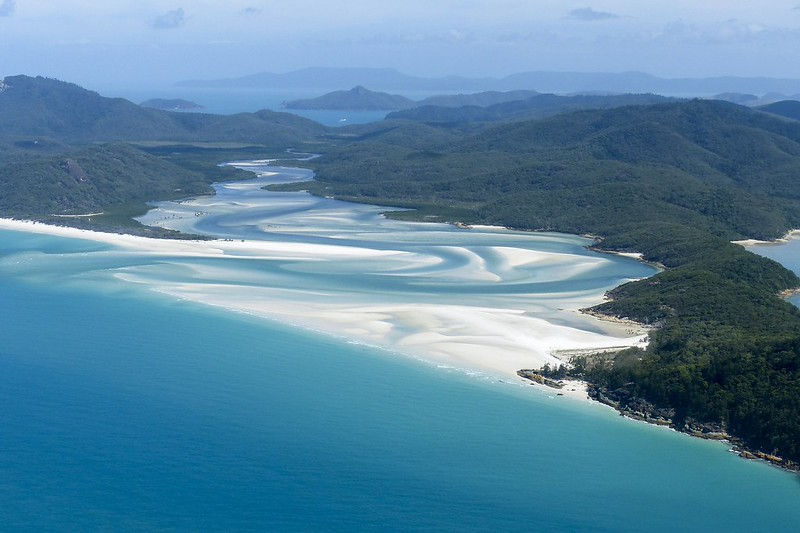Good News for a Change: Hydrogen Cars coming to Australia
- Aug 19, 2018
- 2 min read
Recent advancements in the use of hydrogen as an alternative energy source have made great strides towards powering transportation at scale.
This year (2018) Australia will host a world-first trial for hydrogen-powered vehicles following a CSIRO breakthrough for fuel cell technology.
(The Commonwealth Scientific and Industrial Research Organisation is an independent Australian federal government agency responsible for scientific research)

Dr David Harris, research director of low emissions technology at the CSIRO, said the process is "a missing link" in the drive for sustainable energy in Australia and abroad.
Through electrolysis, electricity sourced from sunlight can separate water into hydrogen and oxygen. The hydrogen can then be combined with nitrogen to form liquid ammonia.
"Hydrogen is a method of storing solar energy and the ammonia gives us a way to transport it," Dr Harris said.
"You have a mechanism to transport solar energy all over the world using existing infrastructure – ships, ports and railways."
"The world is going for renewable [energy], and renewable is abundant, especially in Australia."
Ready, steady, hydrogen!
Hydrogen cars use a “fuel cell” under the bonnet to create electricity. The electricity that has been generated in the cell in turn powers the on-board battery pack, drives the wheels or does both.
At a hydrogen filling station the deal is in kilograms not liters. The actually filling up for the driver is familiar. “Open the cap of the fuel tank, shove in the nozzle and press start. And it takes around three minutes for a full tank. This means that it’s practically the same as gasoline or diesel in terms of time and effort”, says a test driver of OMV AG Austria, “When the tank is full, you can hear a device getting to work in the neighbouring building. The gaseous hydrogen from the high-level tank is being compressed for the next car to fill up.”
Fuel cells don’t burn hydrogen; they use an electrochemical process to convert hydrogen and oxygen into electricity and water. They have no moving parts and no open flames.

At the end of 2017 Germany had about 54 hydrogen public refuelling stations ahead of the USA with 40 and only surpassed by Japan with 91. South Korea has set its goal to install 310 hydrogen stations by 2022.
The writing is on the wall. Renewables are the future. That really is good news for a change, particularly in the Australian political and economic context. Far from being a solely environmental imperative, renewable energy makes economic sense. From rooftop solar to large-scale installations of wind farms to hydrogen cars, projects are ramping up all over the country. Imagine what we could achieve with greater government support! The much needed effect of job creation in Australia is only one of the many positive outcomes.
The sky's the limit! And, thanks to renewables, we can look forward to a clear sky without smog and harmful pollutants in the years to come.
🚗🔌
REFERENCE
Drive.com.au, 2017
https://www.drive.com.au/motor-news/exclusive--australia-set-for-world-first-hydrogen-vehicle-trial-64955 (viewed 19.08.2018)
Macquarie Australia, 2016 (viewed 19.08.2018)
http://2016.igem.org/Team:Macquarie_Australia/Mythbusters
News.com.au, January 2018 (viewed 19.08.2018)
OMV AG Austria, 2018 (viewed 19.08.2018)
TÜV SÜD in Germany, 02/2018 (viewed 19.08.2018)






Comments